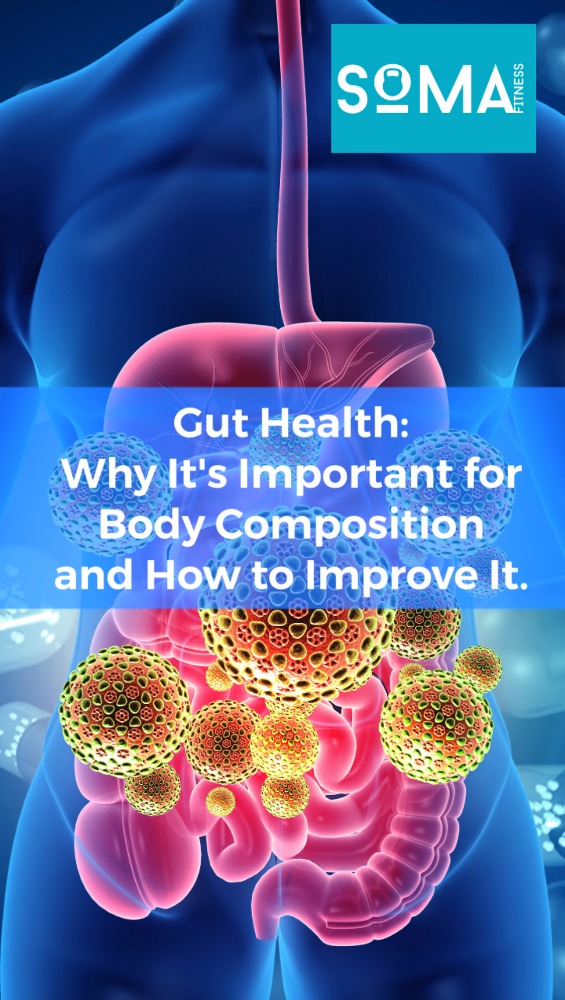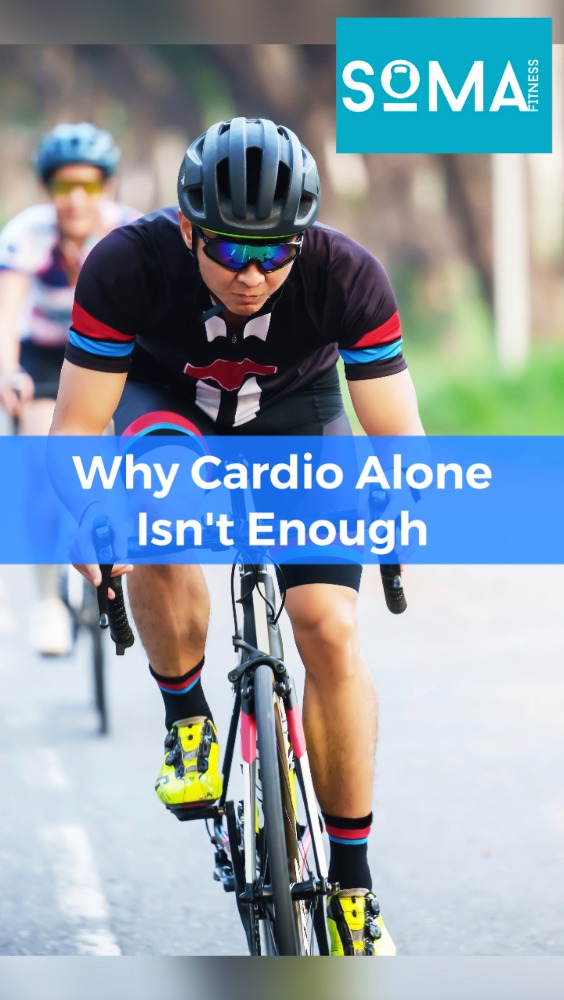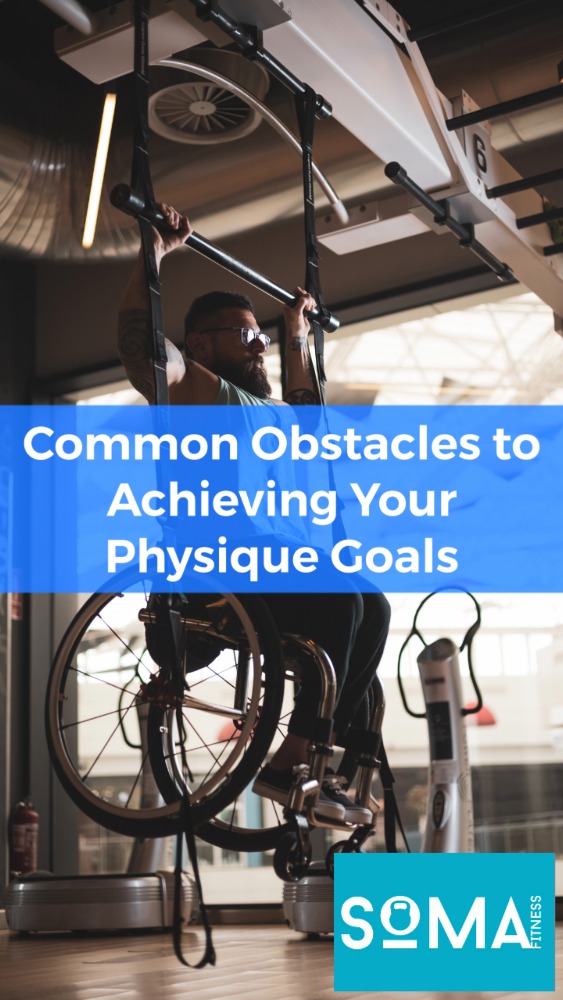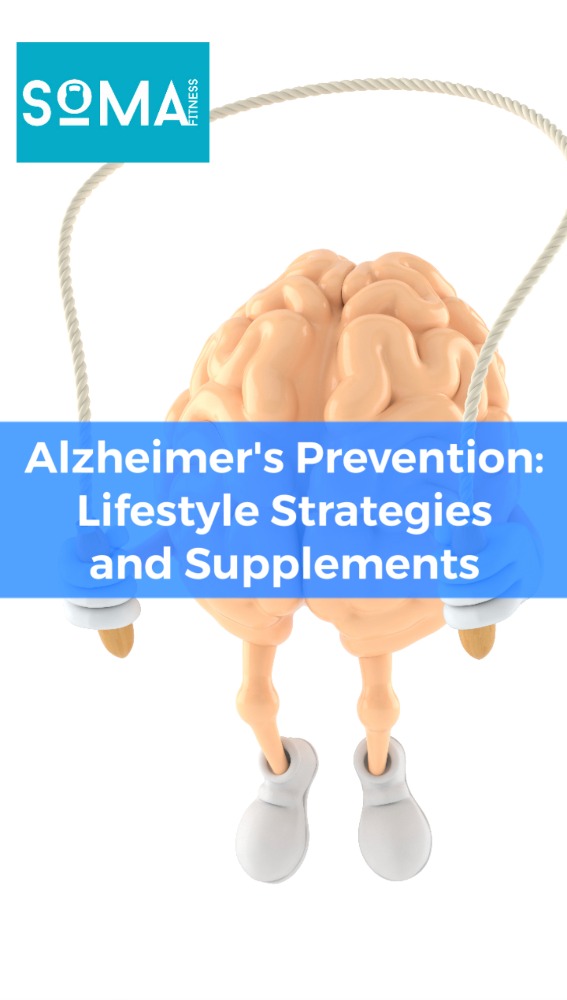Training with Injuries
Sustaining an injury can be a major setback for any individual. Throughout years of personal training I have seen many clients take a break from their training due to an injury and others crack on and work around them. However, contrary to popular belief, being injured doesn’t necessarily mean you have to completely halt your training. In fact, there are numerous benefits to continuing your training, provided it’s done safely and under proper guidance. This article will explore the precautions to take, the advantages of training while injured, and how exercise can aid in your recovery process.
What to Avoid When Injured:
When dealing with an injury, it is crucial to prioritise safety and prevent exacerbating the issue. Here are some activities to avoid:
a. High-Impact Exercises: Activities such as running, jumping/plyometrics, or heavy weightlifting can put excessive strain on the injured area and delay the healing process.
b. Overloading the Injured Part: Avoid excessive resistance or repetitive movements involving the injured body part to prevent further damage.
c. Ignoring Pain Signals: Pain is your guide and your body’s way of signaling that something is wrong. Ignoring pain and pushing through it can lead to more serious injuries.
The Benefits of Training When Injured:
a. Maintaining Fitness Levels: Training other body parts that are not injured can help you maintain overall fitness levels during your recovery period.
b. Mental Well-being: Staying active can help alleviate stress, anxiety, and depression that might arise from being unable to participate in your regular activities.
c. Improved Circulation: Engaging in low-impact exercises can enhance blood flow to the injured area, potentially aiding the healing process.
Training the Opposite Limb & the Cross-Education Effect:
The Cross-Education Effect is a phenomenon where training one side of the body can lead to strength improvements in the opposite, untrained side. Several studies have supported this idea:
- A study published in the European Journal of Applied Physiology (2017) found that training one leg resulted in strength gains not only in the trained leg but also in the untrained leg.
- Another study in the Journal of Applied Physiology (2004) showed that individuals who trained one arm experienced significant strength gains in the non-trained arm.
Utilising the Cross-Education Effect during injury can help prevent muscle imbalances and maintain overall strength and increase the speed of your recovery.
Psychological Benefits of Training When Injured:
a. Enhanced Mood: Engaging in exercise releases endorphins, which are natural mood boosters, helping you maintain a positive outlook during your recovery.
b. Sense of Achievement: Successfully completing modified workouts can provide a sense of accomplishment and empowerment.
c. Reduced Stress: Exercise can act as a healthy outlet for stress, as it diverts your focus away from the injury and onto something positive.
Can Training Help You Recover Faster?
Incorporating controlled and appropriate exercises under the guidance of a qualified personal trainer can aid in your recovery process. Exercise can promote blood flow, tissue repair, and collagen synthesis, all of which are essential for healing. However, it is essential to follow your physios advice on the injury and consult with a competent personal trainer to design a safe and effective program tailored to your specific injury.
Gym-Based Recovery along side your Traditional Physiotherapy:
While traditional physiotherapy undoubtedly plays a crucial role in injury recovery, gym-based training can complement it effectively. The gym environment allows for a wider range of exercises and progressive loading, which can help you regain strength and flexibility more efficiently. A skilled personal trainer can customise workouts that target the injured area in a progressive manner while ensuring the overall program promotes your recovery.
Training when injured can offer numerous benefits, both physical and psychological. By avoiding harmful movements and focusing on proper exercises under expert guidance, you can maintain your fitness levels, stimulate the healing process, and improve your overall well-being. The magic of the Cross-Education Effect further supports the notion that working on the opposite side can aid in maintaining strength and preventing imbalances.
For example when I tore my pec on my left side, I still worked my right side and trained my legs, I even used my legs to kick pads and the bag and worked on a few techniques. My legs grew and became really strong. When I injured me knee I trained my upper body and the opposite leg along side my rehab, my upper body really progressed during this time so remember, your recovery is not just limited to the physiotherapy bed; the gym can also play a vital role in helping you get back on track. When one limb is injured think of it as a positive step forward to take action to get the other areas stronger.






Recent Comments